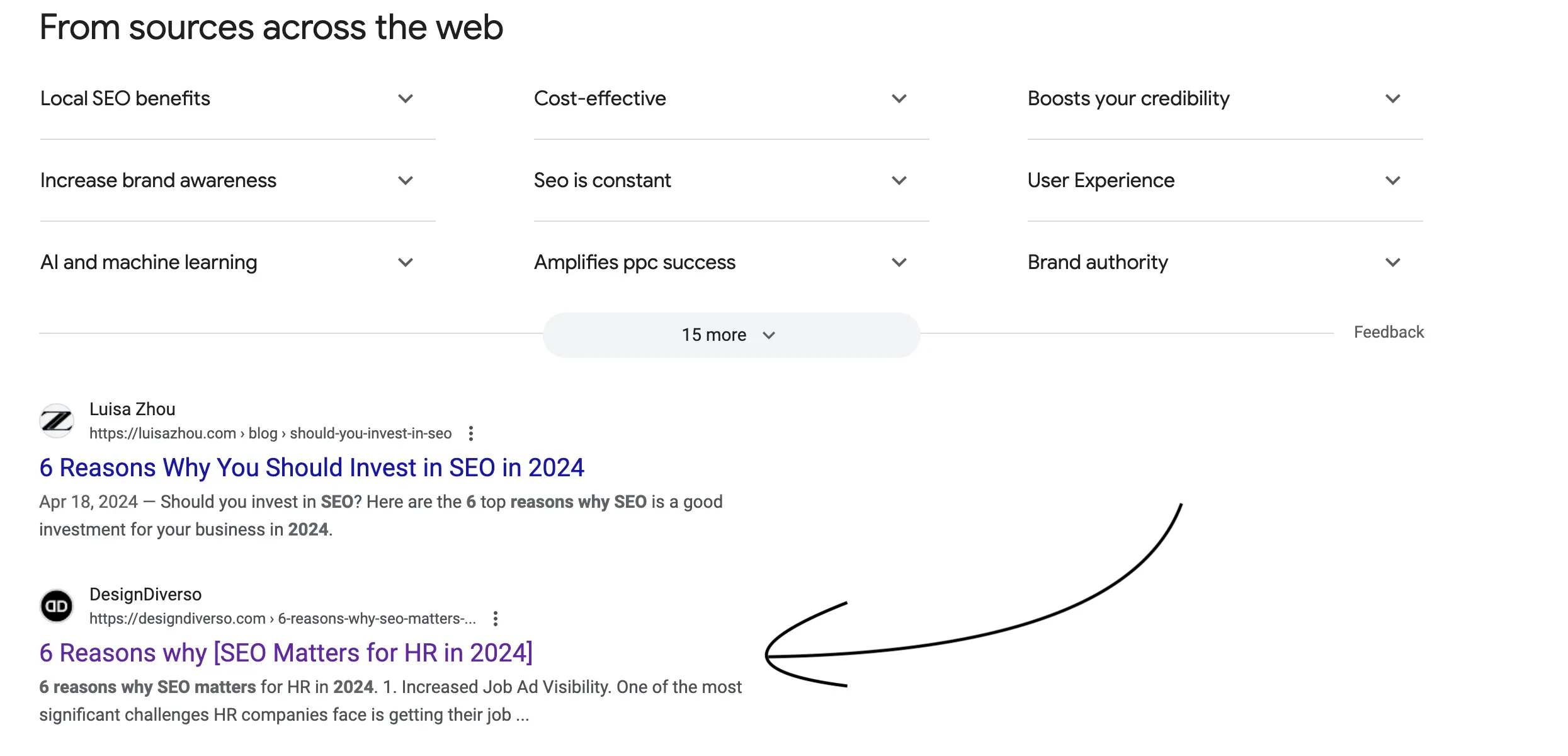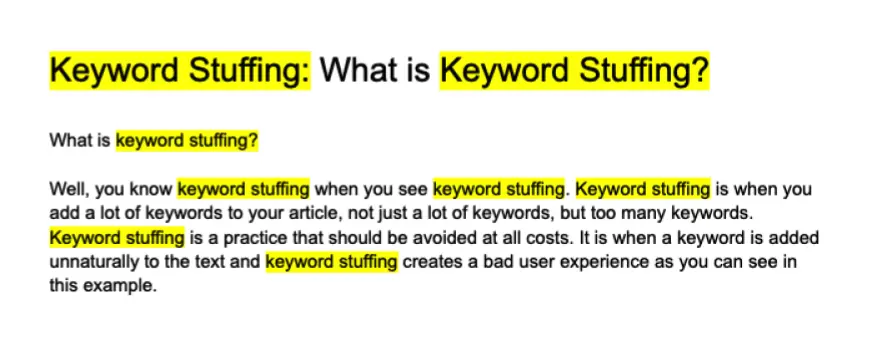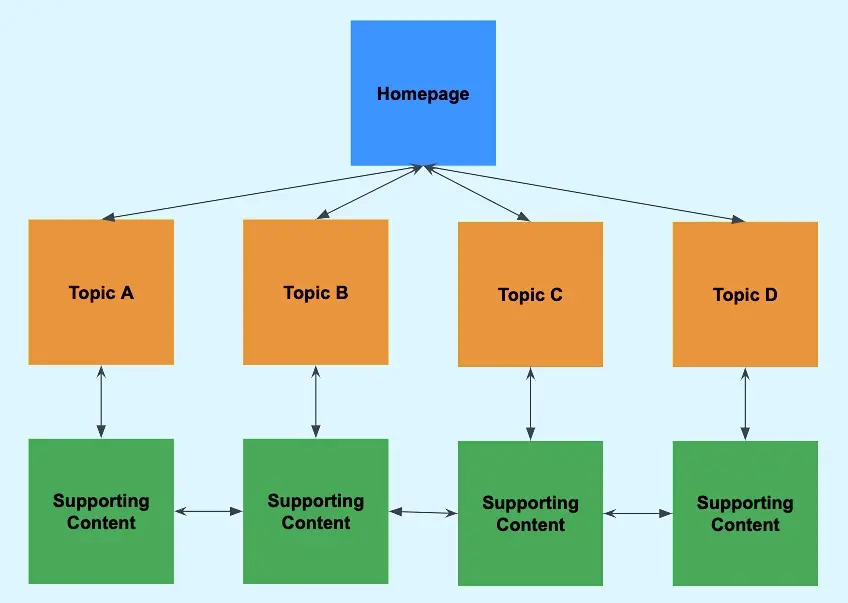
UTM parameters are an essential tool for tracking the effectiveness of marketing campaigns and understanding the behavior of users on your website. By adding UTM parameters to your URLs, you can easily identify where your traffic is coming from, which campaigns are driving the most conversions, and which channels are delivering the best performance.
However, to get the most out of UTM parameters, it is crucial to follow best practices to ensure accurate and reliable data. In this article, we will discuss the top UTM parameter best practices that every marketer should be aware of.
1. Use a consistent naming convention:
One of the most important UTM parameter best practices is to use a consistent naming convention for your UTM parameters. This will make it easier to analyze your data and compare results across different campaigns. For example, you could use “utm_source” to identify the traffic source, “utm_medium” to identify the marketing medium, and “utm_campaign” to identify the specific campaign.
2. Avoid using special characters:
When creating UTM parameters, it is best to avoid using special characters such as spaces, commas, or symbols. Instead, use underscores or dashes to separate words in your UTM parameter names. This will help prevent any errors in tracking and ensure that your data is accurately recorded.
3. Keep UTM parameters short and descriptive:
It is important to keep your UTM parameters short and descriptive to make them easy to read and understand. Avoid using long, complex strings of characters that are difficult to decipher. Instead, use clear and concise names that clearly identify the source, medium, and campaign.
4. Include relevant information in UTM parameters:
When creating UTM parameters, make sure to include relevant information that will help you analyze your data effectively. For example, include the name of the marketing channel, the name of the campaign, and any other information that will help you identify where your traffic is coming from.
5. Use URL builder tools:
To create UTM parameters quickly and accurately, consider using URL builder tools such as Google’s URL builder or Bitly’s UTM builder. These tools make it easy to generate UTM parameters and ensure that they are formatted correctly.
6. Test your UTM parameters:
Before launching any marketing campaigns, it is important to test your UTM parameters to ensure they are working correctly. This will help you avoid any tracking errors that could skew your data and impact the accuracy of your reporting.
7. Monitor and analyze your UTM data:
Once you have set up your UTM parameters, it is essential to monitor and analyze your data regularly. By tracking the performance of your campaigns and analyzing the behavior of your users, you can gain valuable insights that will help you optimize your marketing efforts and improve your ROI.
8. Use UTM parameters across all marketing channels:
To get a comprehensive view of your marketing efforts, it is important to use UTM parameters across all marketing channels, including email, social media, paid advertising, and organic search. This will help you identify which channels are driving the most traffic and conversions, and where you should focus your efforts for maximum impact.
9. Keep track of your UTM parameters:
To ensure that your UTM parameters are working correctly and are up to date, it is important to keep track of them in a spreadsheet or document. This will help you easily reference your UTM parameters when creating new campaigns and ensure that your data is accurate and consistent.
10. Stay up to date with UTM best practices:
Finally, make sure to stay up to date with UTM best practices and any changes in tracking technology. By staying informed and following best practices, you can ensure that your UTM parameters are effective and reliable for tracking your marketing efforts.
UTM parameters are a valuable tool for tracking the performance of your marketing campaigns and understanding the behavior of your users. By following these best practices, you can ensure that your UTM parameters are accurate, reliable, and provide valuable insights that will help you optimize your marketing efforts and drive better results.







